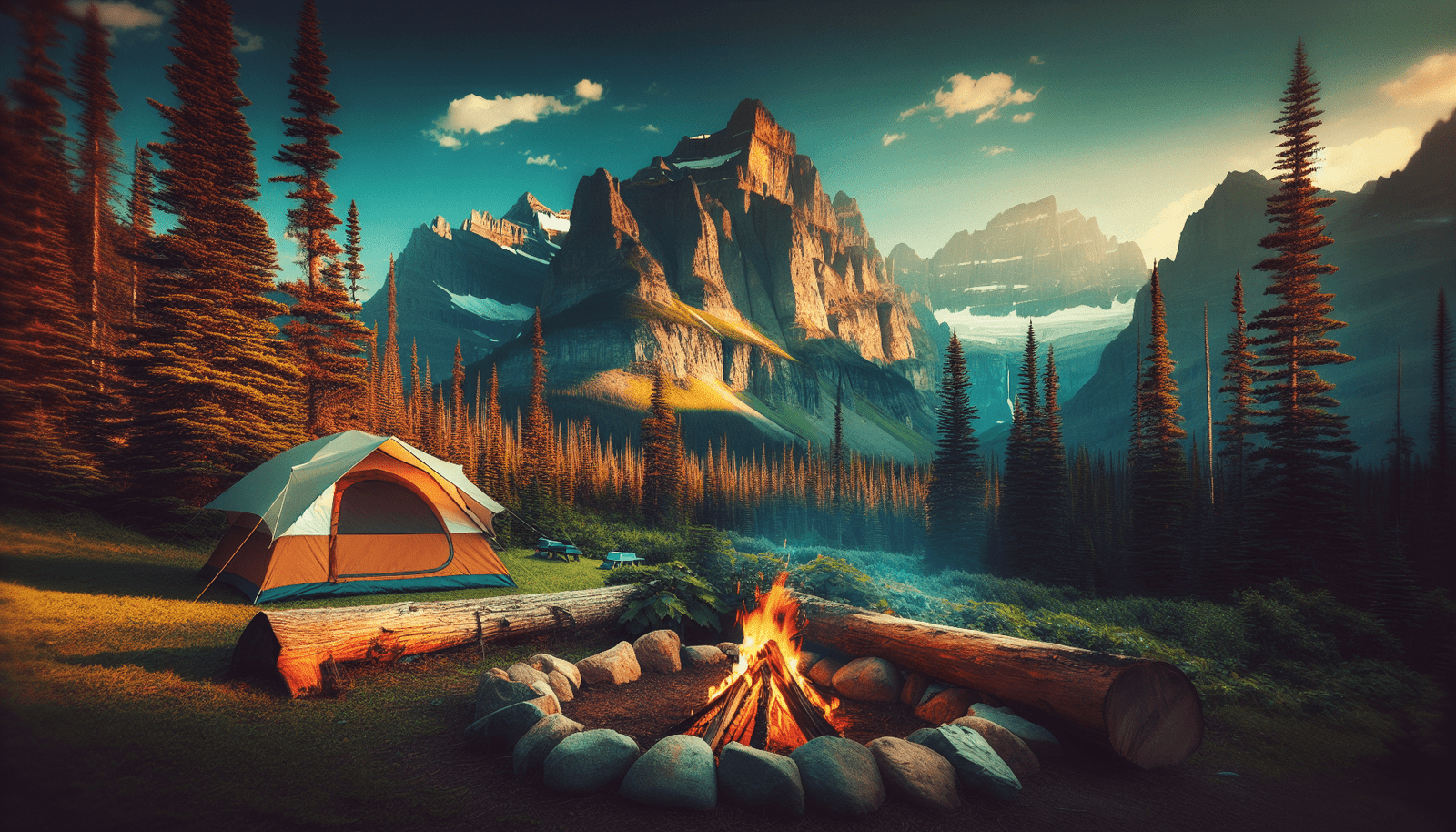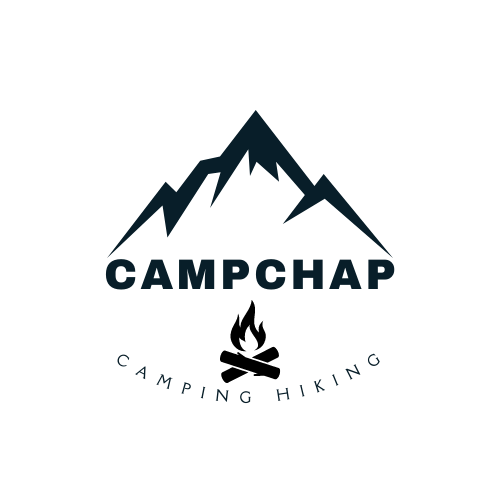You’re planning your next great adventure to Rocky Mountain National Park (RMNP), and you’re curious about where you can set up camp and soak in the stunning scenery. In “How Many Campgrounds Are In RMNP?” you’ll discover an insightful look at the number of available campgrounds within this breathtaking national park. Get ready to learn about each campground’s unique charm, ranging from well-known spots to hidden gems, making it easier for you to choose the perfect setting for your outdoor getaway. Have you ever wondered how many campgrounds are in Rocky Mountain National Park (RMNP)? If you’re planning a trip to this stunning destination, knowing your camping options can significantly enhance your experience. In this friendly guide, we’ll explore all the campgrounds RMNP has to offer, and we’ll break down the details to make planning your trip as easy as possible.
Introduction to Rocky Mountain National Park
Rocky Mountain National Park (RMNP), located in northern Colorado, is renowned for its breathtaking scenery, diverse wildlife, and abundant recreational opportunities. Whether you’re visiting for a quick weekend getaway or an extended vacation, camping is one of the best ways to immerse yourself in the park’s natural beauty.
Why Camping in RMNP?
Camping in RMNP provides a unique and intimate experience with the natural environment. You can wake up to the sound of birds, experience unparalleled stargazing, and enjoy the crisp, clean mountain air. Plus, with so many campgrounds spread across different areas, you are sure to find one that matches your preferred scenery and amenities.
How Many Campgrounds Are In RMNP?
So, let’s get down to the numbers. Rocky Mountain National Park has five National Park Service (NPS) campgrounds. Each one offers a unique setting and various amenities. Here’s a quick look at them:
| Campground | Open Season | Number of Sites | Reservations |
|---|---|---|---|
| Aspenglen | Late May to Late Sep | 52 | Required from Memorial Day to mid-Sep |
| Glacier Basin | Late May to Mid-Sep | 150 | Required |
| Moraine Park | Year-Round | 244 | Required from Memorial Day to mid-Sep |
| Longs Peak | Late May to Late Sep | 26 | First-come, first-served |
| Timber Creek | Year-Round | 98 | First-come, first-served |
Aspenglen Campground
Aspenglen Campground is an excellent choice if you want a more secluded and intimate camping experience. Nestled near the park’s Fall River entrance, it provides easy access to some fantastic hiking trails.
What to Know About Aspenglen
- Location: Near the Fall River Entrance
- Elevation: 8,200 feet
- Sites: 52 tent/RV sites
- Amenities: Restrooms, drinking water, picnic tables, fire grates
- Reservations: Required from Memorial Day to mid-September
This campground offers a serene setting with aspen and pine trees, providing plenty of shade and beautiful vistas.
Glacier Basin Campground
Glacier Basin is the ideal campground for those who plan on exploring the Bear Lake Corridor, one of the most popular areas in the park.
What to Know About Glacier Basin
- Location: Southwest of Estes Park
- Elevation: 8,500 feet
- Sites: 150 tent/RV sites
- Amenities: Restrooms, drinking water, picnic tables, fire grates, amphitheater, and shuttle bus access
- Reservations: Required
Its proximity to key trailheads makes this campground perfect for Avid hikers and nature enthusiasts.
Moraine Park Campground
Moraine Park is the largest and most popular campground in RMNP, offering year-round camping opportunities.
What to Know About Moraine Park
- Location: Near the Beaver Meadows Entrance
- Elevation: 8,160 feet
- Sites: 244 tent/RV sites
- Amenities: Restrooms, drinking water, picnic tables, fire grates, amphitheater, and shuttle bus access
- Reservations: Required from Memorial Day to mid-September
Moraine Park provides stunning views of the surrounding meadows and peaks. It’s also a great spot for wildlife viewing, particularly elk.
Longs Peak Campground
Longs Peak Campground is the best option for those looking to conquer Longs Peak, the highest point in the park.
What to Know About Longs Peak
- Location: South of Estes Park
- Elevation: 9,500 feet
- Sites: 26 tent-only sites
- Amenities: Vault toilets, drinking water, picnic tables, fire grates
- Reservations: Not available, first-come, first-served
Due to its high elevation and smaller size, Longs Peak Campground offers a more rustic and challenging camping experience.
Timber Creek Campground
On the park’s west side, Timber Creek is perfect for those entering RMNP via the Grand Lake Entrance.
What to Know About Timber Creek
- Location: Near Grand Lake Entrance
- Elevation: 8,900 feet
- Sites: 98 tent/RV sites
- Amenities: Restrooms, drinking water, picnic tables, fire grates
- Reservations: Not available, first-come, first-served
Timber Creek is the only campground on the west side of the park, offering a quieter alternative and great access to the Colorado River.
Making Reservations
For the campgrounds that require reservations, it’s critical to plan ahead, especially if you’re visiting during peak seasons. Here’s a quick guide on how to make reservations for these campgrounds:
- Website: Visit the Recreation.gov website and search for the specific campground.
- Phone: You can also make reservations by calling the National Park Reservation Service at 1-877-444-6777.
- Timing: Reservations open six months in advance and fill up quickly, so make sure you book as early as possible.

First-Come, First-Served Campgrounds
For those who prefer a more spontaneous adventure, RMNP also offers campgrounds that operate on a first-come, first-served basis.
Key Tips for First-Come, First-Served Camping
- Arrive Early: Spaces fill up quickly, especially during weekends and holidays. Aim to arrive by mid-morning.
- Check Availability: Visit the nearest visitor center to check the current availability status.
- Be Flexible: Have a backup plan in case the campground is full.
Camping Regulations and Best Practices
When camping in RMNP, it’s important to follow park regulations and best practices to ensure a safe and enjoyable experience for everyone.
Fire Regulations
- Fire Restrictions: Open fires are only allowed in designated fire grates.
- Firewood: Use only local firewood to prevent the spread of pests and diseases.
Wildlife Safety
- Food Storage: Store all food in bear-proof containers or your vehicle to avoid attracting wildlife.
- Safe Viewing: Always observe wildlife from a distance. Do not feed or approach animals.
Leave No Trace Principles
- Respect Nature: Carry out all trash and belongings.
- Minimize Impact: Stick to established trails and campsites.
Seasonal Considerations
RMNP experiences distinct seasons, each offering unique benefits and challenges for campers.
Summer (June to August)
- Advantages: Warm weather, accessible trails, and full services.
- Challenges: High visitor density. Reservations recommended.
Fall (September to November)
- Advantages: Cooler weather, beautiful foliage, fewer crowds.
- Challenges: Some facilities close after Labor Day.
Winter (December to March)
- Advantages: Solitude, winter sports opportunities.
- Challenges: Harsh weather conditions, limited campground availability.
Spring (April to May)
- Advantages: Blossoming wildflowers, fewer visitors.
- Challenges: Variable weather; some campgrounds may remain closed.
Alternative Camping Options
If the main campgrounds are full or you’re looking for a different experience, RMNP offers alternative camping options.
Backcountry Camping
Backcountry camping allows you to experience the wilderness far from the crowded campgrounds.
How to Get a Permit
- Application: Visit the RMNP backcountry camping page to apply for a permit.
- Permit Fee: There is a fee for the permit, subject to change yearly.
- Rules: Follow all guidelines regarding campsite locations and food storage.
Nearby State Parks and Private Campgrounds
Several state parks and private campgrounds near RMNP can provide great alternatives.
Key Nearby Campgrounds
- Estes Park Campgrounds: Various private campgrounds with full RV hookups and amenities.
- State Forest State Park: Approximately an hour drive, offering additional sites and outdoor activities.
Planning Your Perfect RMNP Camping Trip
Planning ahead can make the difference between a good trip and a great trip. Here are some final tips to help you plan your visit:
Essential Gear
- Tent and Sleeping Bag: Choose weather-appropriate gear.
- Kitchen Supplies: Portable stove, utensils, and food.
- Clothing: Layers for variable weather, including rain gear.
- Safety Items: First aid kit, map, compass, and flashlight.
Activities
- Hiking: Trails range from easy walks to challenging backcountry routes.
- Wildlife Watching: RMNP is home to elk, moose, bighorn sheep, and more.
- Fishing: Permitted in designated areas; a Colorado fishing license is required.
Prepare for Emergencies
- Know the Weather: Check the weather forecast and prepare for sudden changes.
- Emergency Kit: Include essentials like a whistle, emergency blanket, and extra food and water.
Conclusion
Rocky Mountain National Park offers a diverse and rich camping experience, with five primary campgrounds, each catering to different preferences and needs. By choosing the right campground and planning ahead, you can create lasting memories in one of America’s most beautiful national parks. Whether you prefer the structured environment of Moraine Park or the more rugged experience of Longs Peak, RMNP has something for every camper. Happy camping!
By investing some time in researching and preparing, your camping trip to RMNP can be an unforgettable experience, filled with adventure, relaxation, and the majestic beauty of the Rocky Mountains. Enjoy your trip!
How Many Campgrounds Are In RMNP? Now you know the answer and so much more. Ready to pack your bags and head out? The incredible wilderness of RMNP awaits!
